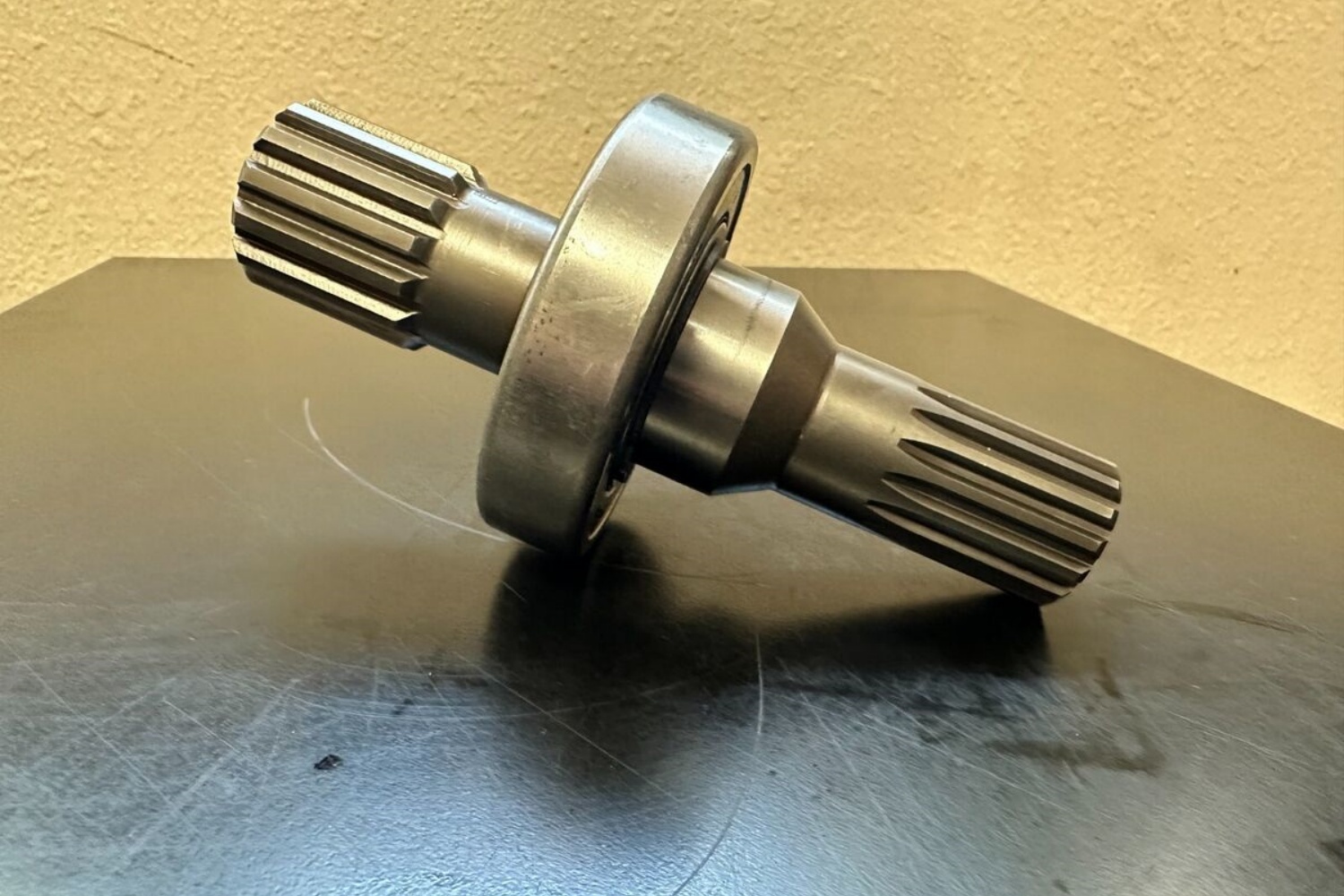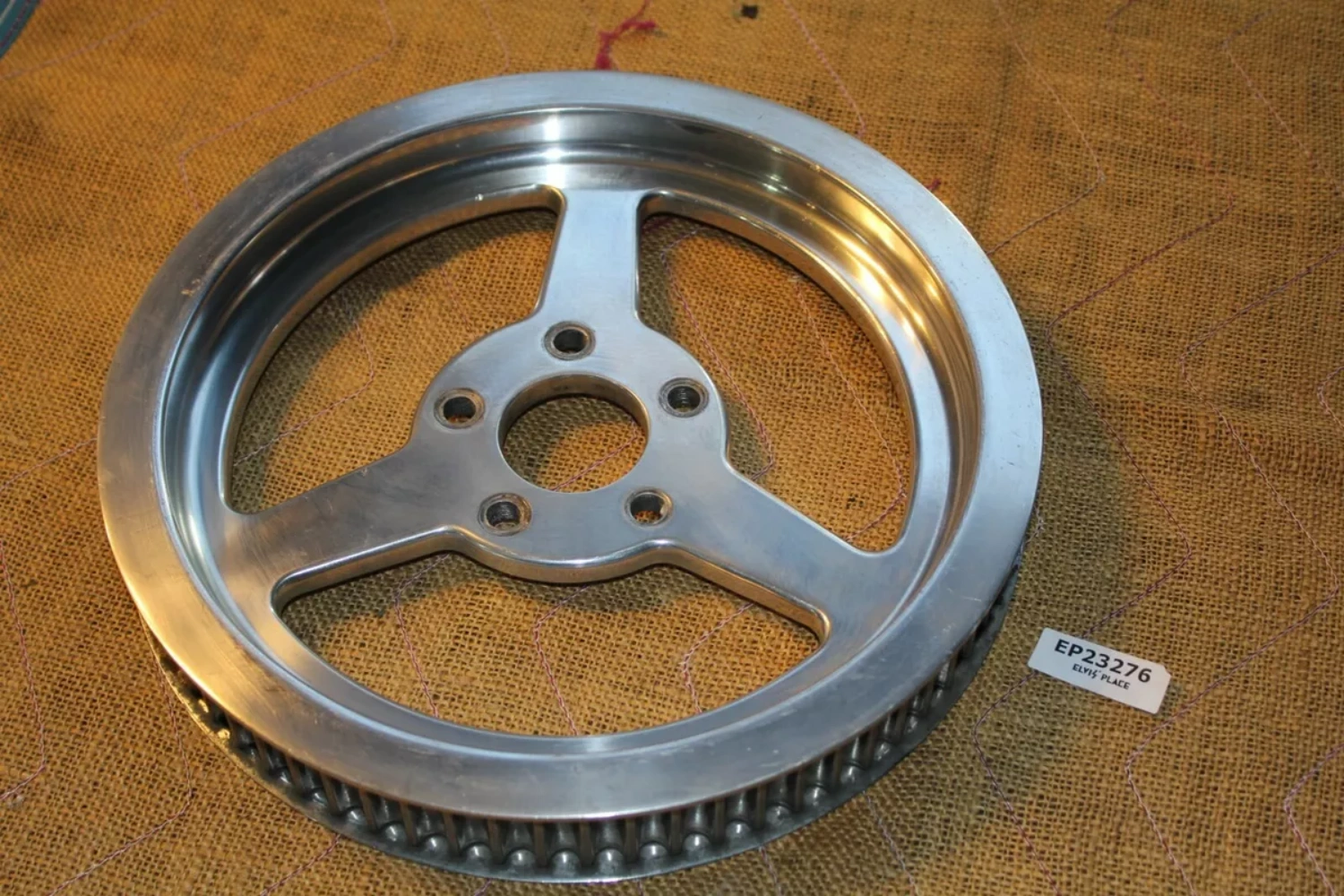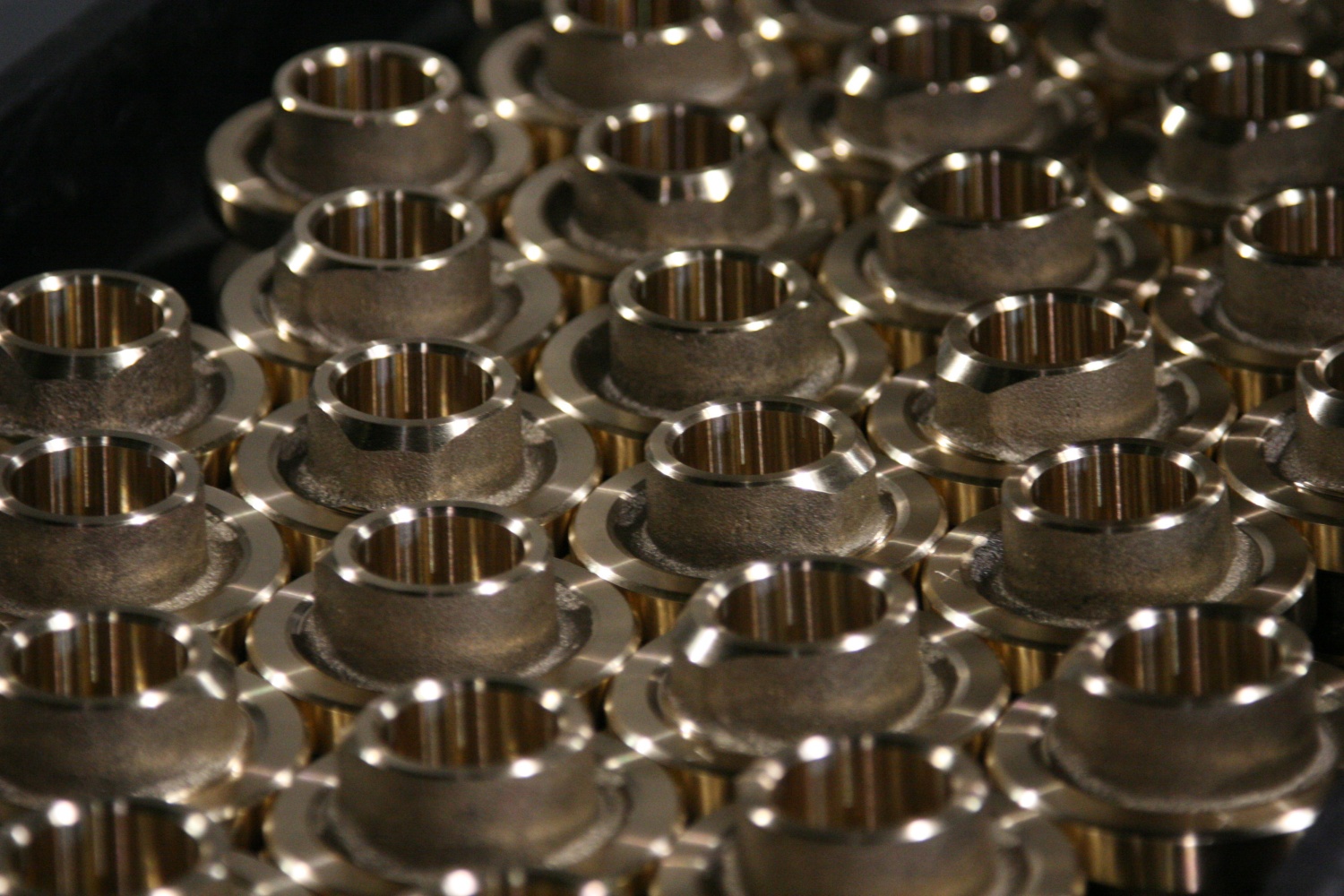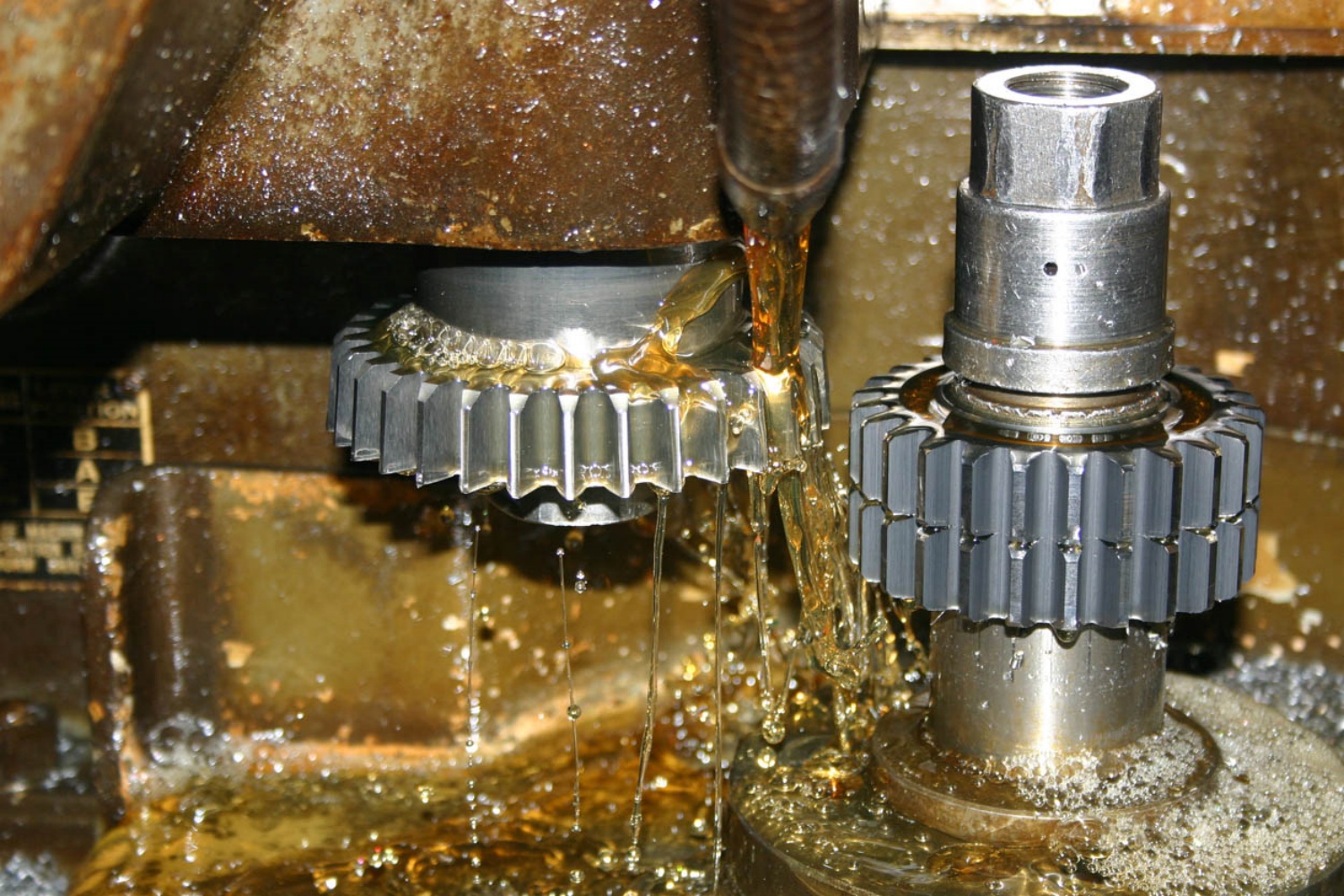In the dynamic landscape of mechanical engineering, spline shafts have played a pivotal role in power transmission and motion control. These specialized shafts, designed with grooves or splines, allow for the effective transfer of torque and rotational motion between components. The evolution of spline shaft technology reflects advancements in materials, manufacturing processes, and applications, demonstrating its significance across various industries.
Past: The Origins of Spline Shaft Technology
The concept of spline shafts dates back to early mechanical innovations. Initially, splines were employed in simple machines, primarily to connect rotating elements while allowing for some degree of axial movement. Early implementations were often crude, relying on basic machining techniques and materials that limited their effectiveness.
As industrial demands grew, the need for more reliable and efficient power transmission solutions became apparent. The introduction of standardized spline designs, such as the ANSI B92 series, in the mid-20th century marked a significant advancement. These standards ensured compatibility between different manufacturers and applications, laying the groundwork for the modern spline shaft.
Present: Advanced Designs and Materials
Today, spline shafts are integral to numerous applications, from automotive to aerospace and industrial machinery. The modern design of spline shafts incorporates advanced engineering principles, enabling them to handle higher loads and deliver improved performance.
One notable advancement is the use of high-strength materials, such as alloy steels and specialized composites. These materials enhance durability and resistance to wear, allowing spline shafts to operate efficiently in demanding environments. Additionally, surface treatment technologies, like nitriding and hardening, have been developed to further extend the lifespan of spline shafts, minimizing maintenance needs.
The advent of computer-aided design (CAD) and computer-aided manufacturing (CAM) has revolutionized the production of spline shafts. These technologies allow for precise modeling and efficient manufacturing processes, resulting in components that meet exact specifications. As a result, the production of custom spline shafts tailored to specific applications has become more feasible, offering industries the flexibility they require.
Future: Innovations and Emerging Trends
Looking ahead, the future of spline shaft technology promises exciting developments. One area of focus is the integration of smart technologies. The incorporation of sensors and IoT (Internet of Things) capabilities into spline shafts will enable real-time monitoring of performance and condition. This innovation can lead to predictive maintenance, reducing unexpected failures and extending the service life of machinery.
Moreover, advancements in additive manufacturing, commonly known as 3D printing, hold potential for creating complex spline designs that were previously challenging or impossible to achieve. This technology can facilitate rapid prototyping and the production of lightweight, high-strength spline shafts that meet specific performance requirements.
Sustainability will also play a crucial role in the evolution of spline shaft technology. As industries seek to reduce their environmental footprint, the development of eco-friendly materials and manufacturing processes will become increasingly important. Efforts to recycle and repurpose materials used in spline shafts could lead to more sustainable practices in the manufacturing sector.
The evolution of spline shaft technology reflects the broader advancements in engineering and manufacturing. From its humble beginnings to its current status as a vital component in modern machinery, spline shafts have adapted to meet the changing needs of various industries. As we move forward, the integration of smart technologies, innovative materials, and sustainable practices will shape the future of spline shaft technology, ensuring it remains a cornerstone of power transmission and mechanical design for years to come. Embracing these changes will empower industries to operate more efficiently and sustainably, driving progress in the ever-evolving landscape of engineering.

CONTINUE READING
Related Posts
Pulleys, often underestimated, are critical in many applications, from the precise positioning required in high-tech machinery to the brute force […]
Copper alloys, particularly bronze, boast unique characteristics crucial for minimizing wear in gear applications, especially when paired with steel components. […]
Spur gears stand as the quintessential cog in the machinery of various industries, serving a multitude of applications with simplicity, […]





